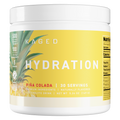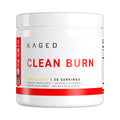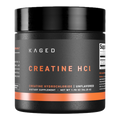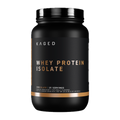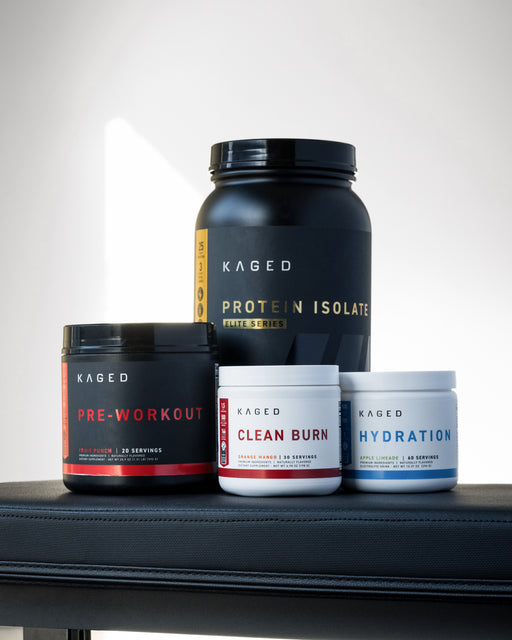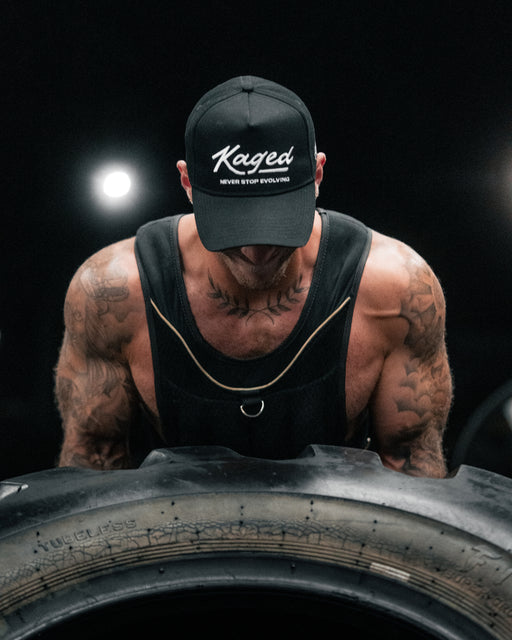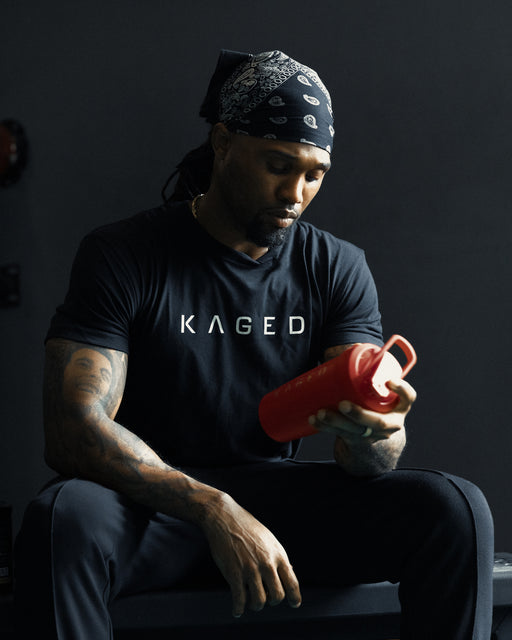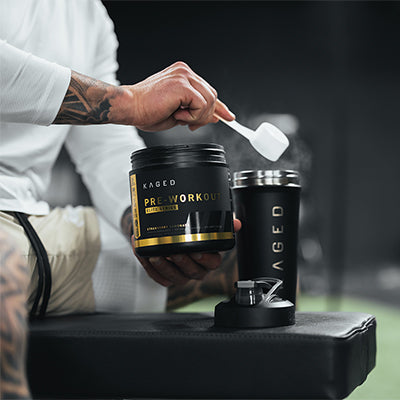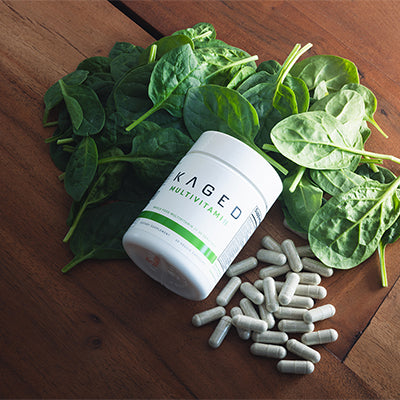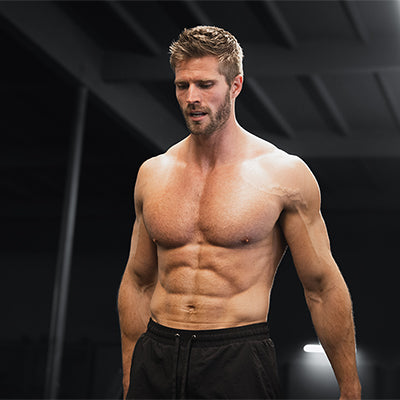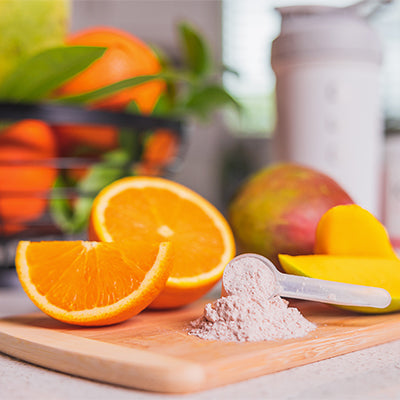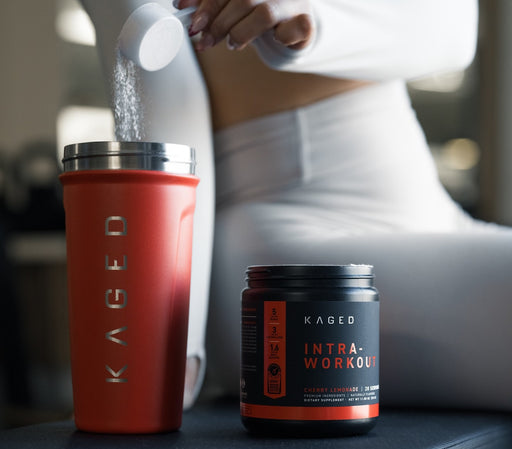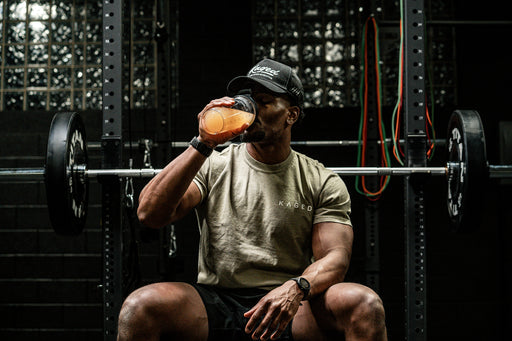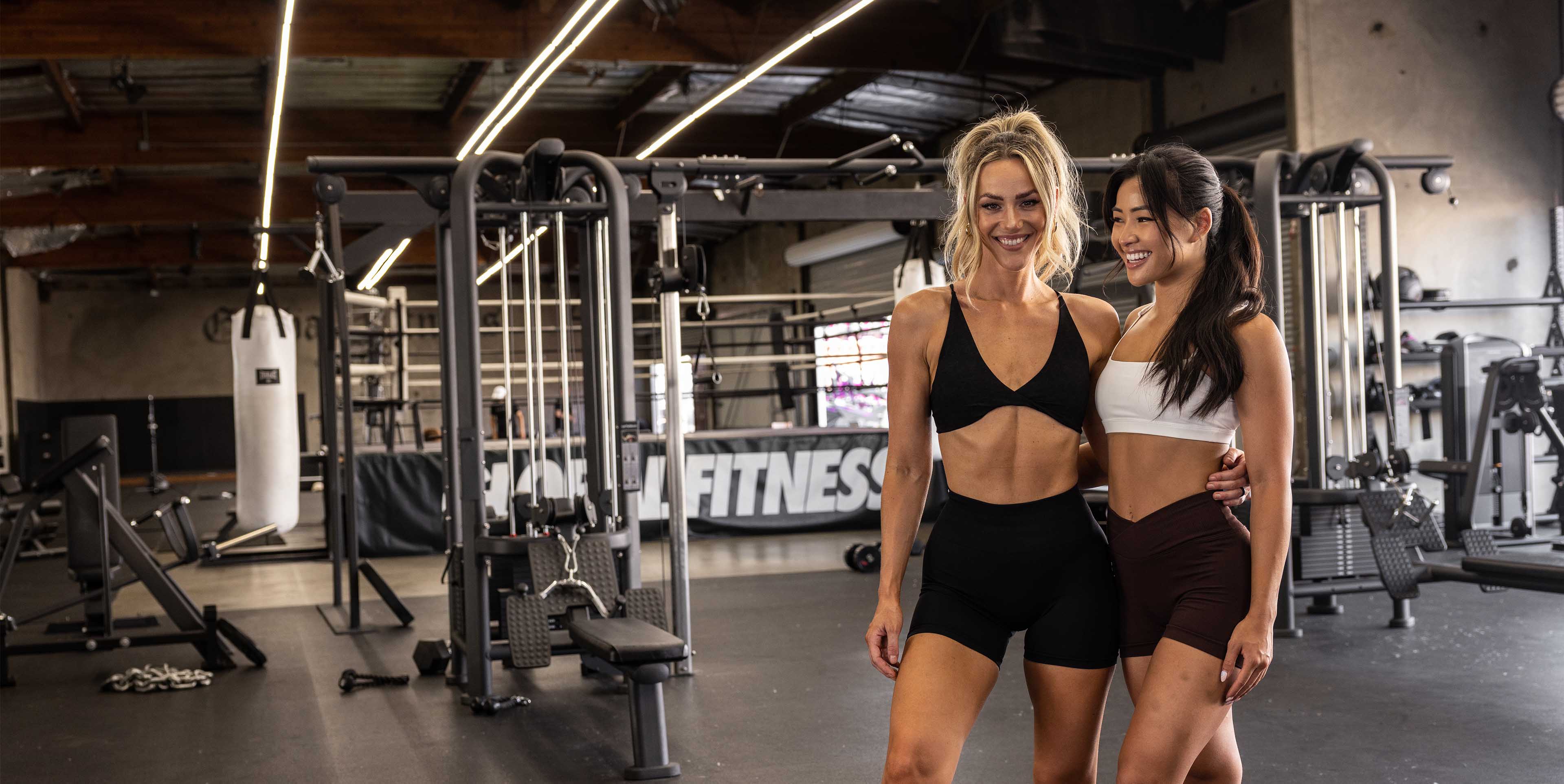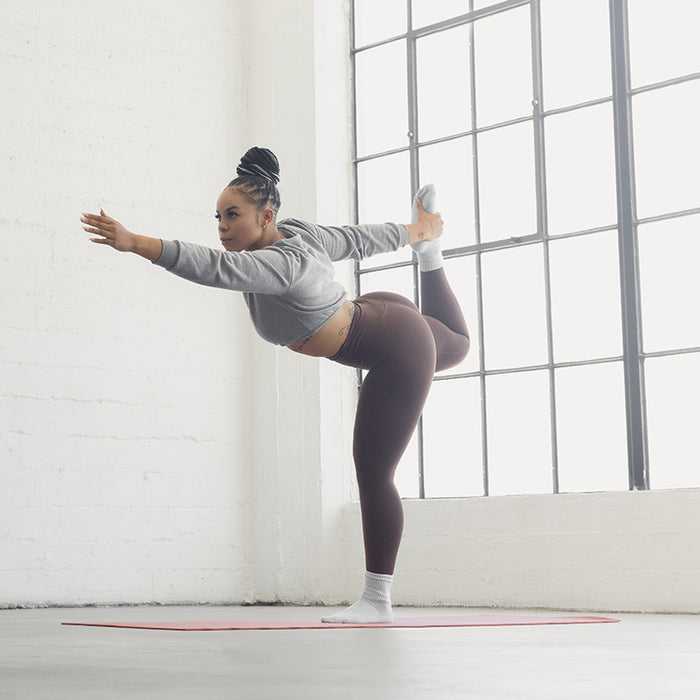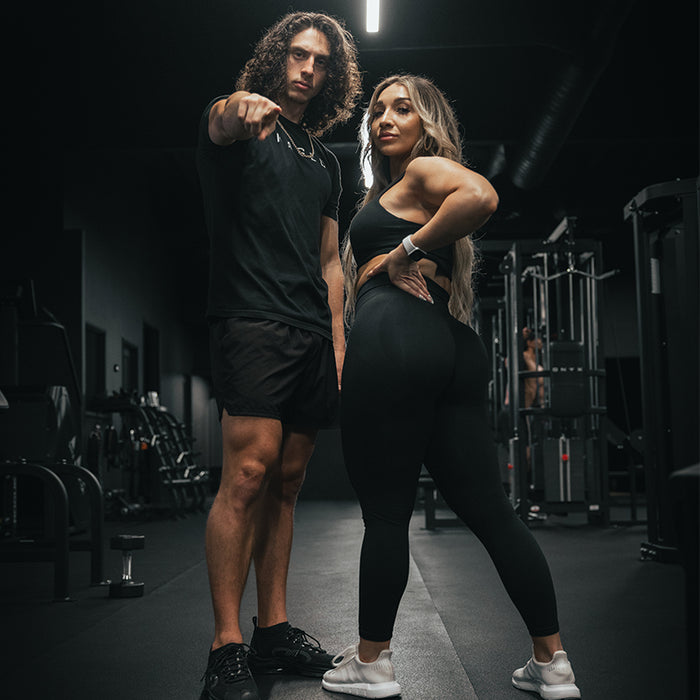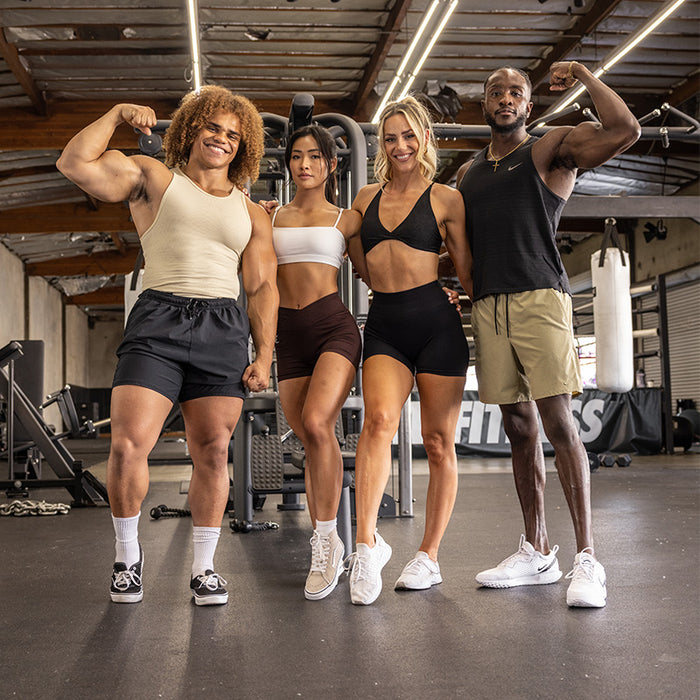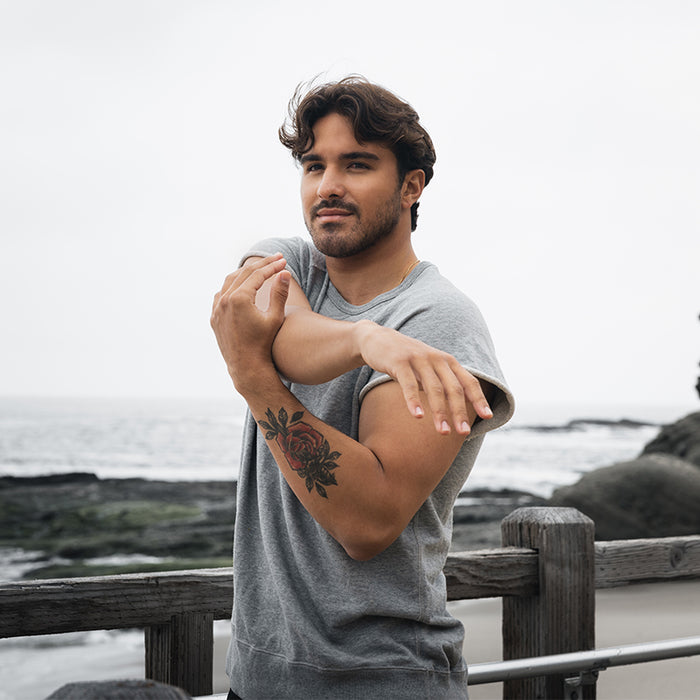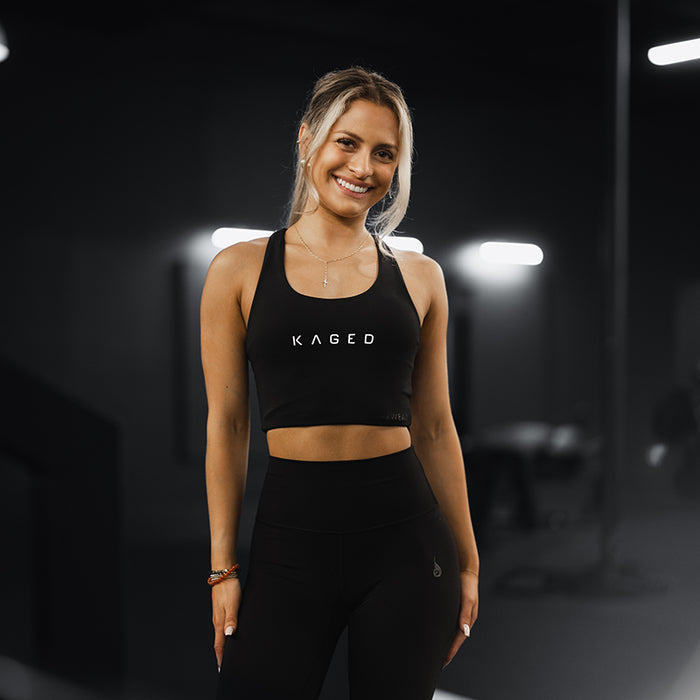If you’ve been hammering standing calf raises but still have stubborn, underdeveloped calves, it might be time to shift your focus.
Most people overlook one critical muscle that makes up the bulk of your lower leg—the soleus. Learning how to train this deep muscle properly can be the key to unlocking long-overdue calf growth.
Why Your Calves Aren’t Growing
You hit the gym hard. You squat, deadlift, and hit leg day with purpose. You’ve been consistent with standing calf raises. But your lower legs still look the same.
It’s frustrating, but there’s a reason for the lack of progress: you're probably neglecting the soleus. This muscle sits underneath the gastrocnemius and contributes heavily to calf size and shape.
Understanding Calf Muscle Anatomy
-
Gastrocnemius: The outermost calf muscle, visible when you flex. It’s targeted during straight-leg exercises like standing calf raises and calf presses.
-
Soleus: A deeper muscle underneath the gastroc, responsible for endurance-based movement and posture. It activates most when your knees are bent.
To build your calves fully, you need to train both muscles—and that means giving the soleus the attention it deserves.
What Is the Soleus Muscle?
The soleus runs from just below the knee to the heel, attaching to the Achilles tendon. While the gastrocnemius originates at the femur, the soleus originates on the tibia and fibula, meaning it stays active even when the knee is bent.
The soleus is a slow-twitch muscle, built more for endurance than explosive power. That’s why it responds well to high reps, high volume, and frequent training. This is a piece that many people miss.
How to Target the Soleus Muscle
To grow the soleus, you need to incorporate bent-leg calf raise exercises into your program.
Top Soleus Exercises
1. Seated Calf Raises
The seated calf raise is the gold standard for soleus activation.
How to do it:
-
Sit on a seated calf raise machine or a bench.
-
Keep knees bent at 90 degrees.
-
Let your heels drop below the platform.
-
Drive through the balls of your feet, lifting your heels as high as possible.
-
Pause at the top and control the eccentric on the way down.
No machine? Use a bench, a plate under your toes, and dumbbells on your knees to mimic the movement.
2. One-Leg Seated Calf Raises
Using one leg at a time increases the range of motion and places more demand on each soleus.
3. Bent-Knee Calf Leg Press
The leg press machine offers another angle to hit the calf muscles. The classic leg press calf raises will target the gastroc, but if you have your knees bent like the bottom of a leg press, you can mimic the seated calf raise position
This will hit your soleus from a slightly different angle, helping hit the muscle from multiple points of tension.

4. Standing Calf Raises (as a finisher)
Even though standing calf raises mainly target the gastrocnemius, they still involve the soleus. Include them at the end of your workout for complete development.
Soleus-Focused Calf Workout
The soleus responds best to high volume.
This high-volume calf workout is designed to isolate the soleus and create the kind of stimulus it needs to grow.
High-Volume Soleus Calf Workout
Seated Calf Raise — DTP Style
Reps: 50, 40, 30, 20, 10, 10, 20, 30, 40, 50
-
Start light and increase the load as reps decrease.
-
As reps increase again, strip the weight back down.
-
Rest no more than 45 seconds between sets.
Standing Calf Raise — 3 sets of 20 reps
Train Your Soleus Twice Per Week
The soleus can handle a lot of volume and frequency. Try adding this workout to your training plan twice a week for 6–8 weeks. You can even add it to the end of existing sessions.
Stay consistent, train with intent, and you’ll notice a big difference, not just in size, but in strength and endurance too.
How to Train Your Soleus At Home
If you have a home gym bench with a leg extension attachment, you can convert it into a seated calf station. Place a board under your toes and a chair across the bench to secure your knees, then load the attachment for resistance.
Final Thoughts: Don’t Skip the Soleus
If you want full lower leg development, you can’t skip the soleus. By combining smart training with high volume and consistent effort, your calves will finally start catching up to the rest of your physique.
